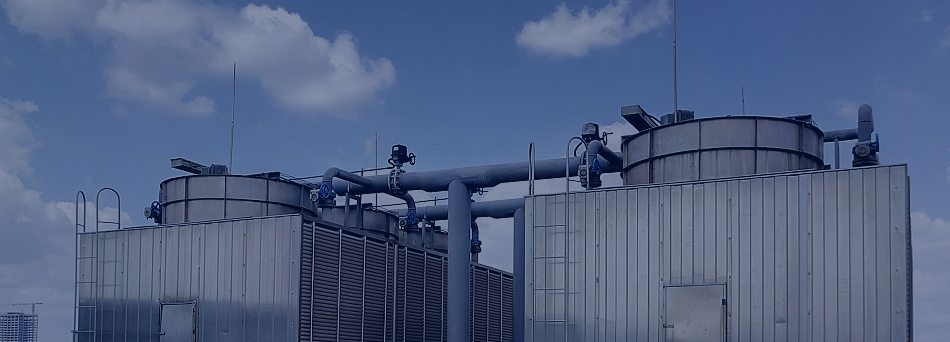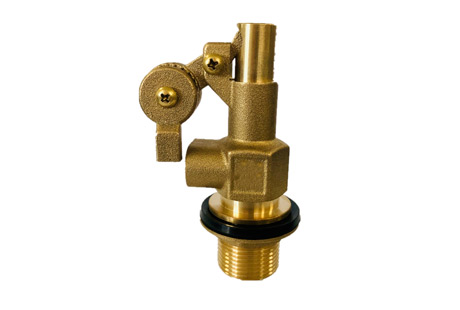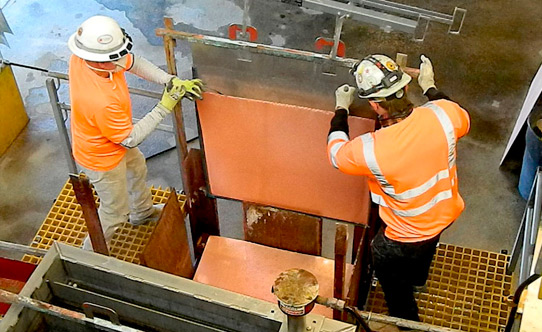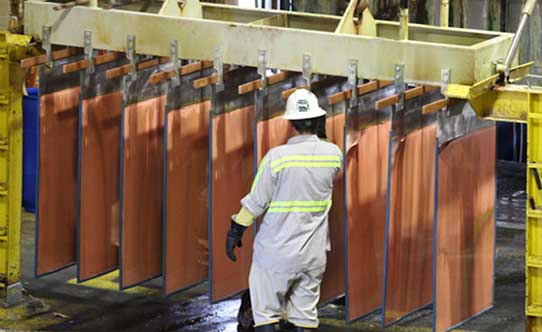Industrial Motor Classification by Structure and Working Principle
Difference between asynchronous and synchronous
Asynchronous motor:
The motor speed cannot reach the synchronous speed of the stator magnetic field. Due to the different internal structures, if the speed of the synchronous magnetic field is synchronous, it will not generate driving force!
Synchronous motor:
The speed of its motor is synchronized with the speed of the stator magnetic field!
Difference between induction motor and AC commutator motor
Induction Motor:
The three-phase alternating current is passed into the stator circuit, and the three phases are continuously transformed, and the direction of the magnetic field formed is constantly changing, so that the rotor is supposed to cut the magnetic field line, thereby forming an induced current, generating force, and pushing it to rotate.
AC commutator motor:
The motor is connected to alternating current, and through the commutator, the commutator processes its original waveform into half a waveform, which is half of a sine, and the principle is also electromagnetic induction!
The difference between permanent magnet synchronous, reluctance synchronous and hysteresis synchronous motors
Permanent magnet synchronization:
Permanent magnets provide excitation (excitation: a device that provides a working magnetic field to a synchronous motor or generator)
Magnetoresistive synchronization:
A synchronous motor that generates reluctance torque by utilizing the unequal reluctance of the rotor's quadrature axis and direct axis
Hysteresis synchronization:
Using hysteresis materials to generate hysteresis torque
Summarize:
In the final analysis, it is the difference in the way of generating force
Three-phase asynchronous, single-phase asynchronous, shaded pole asynchronous difference
Three-phase asynchronous:
Connected to 380V three-phase electricity, it is constantly transformed to generate a magnetic field, the rotor of the motor is not synchronized with the rotating magnetic field of the stator, so it is called three-phase asynchronous
Single-phase asynchronous:
Access to 220V, single-phase electricity;
There are two-phase windings on the stator, which are separated by 90° electrical angle in space. One phase is the main winding, also known as the running winding; the other phase is the secondary winding, also known as the starting winding.
The rotor adopts a common squirrel-cage rotor structure
The magnetomotive force generated when one-phase winding is passed through AC current alone. When the two-phase windings pass through alternating currents with different phases at the same time, the magnetomotive force generated in the motor is generally an elliptical rotating magnetomotive force, and in special cases, it can be a circular rotating magnetomotive force.
Shaded Pole Asynchronous:
It is also a single-phase motor, which is connected to 220V single-phase power.
There are two windings inside, a main winding and a secondary winding. The secondary winding is a shaded pole ring, which is used to generate a shaded pole magnetic field with a phase difference with the main magnetic field. The two magnetic fields interact to form a rotating magnetic field.
Summarize:
The difference between the input voltage and the structure of the secondary winding

 English
English 日本語
日本語 한국어
한국어 français
français Deutsch
Deutsch Español
Español italiano
italiano العربية
العربية tiếng việt
tiếng việt Türkçe
Türkçe ไทย
ไทย 中文
中文










